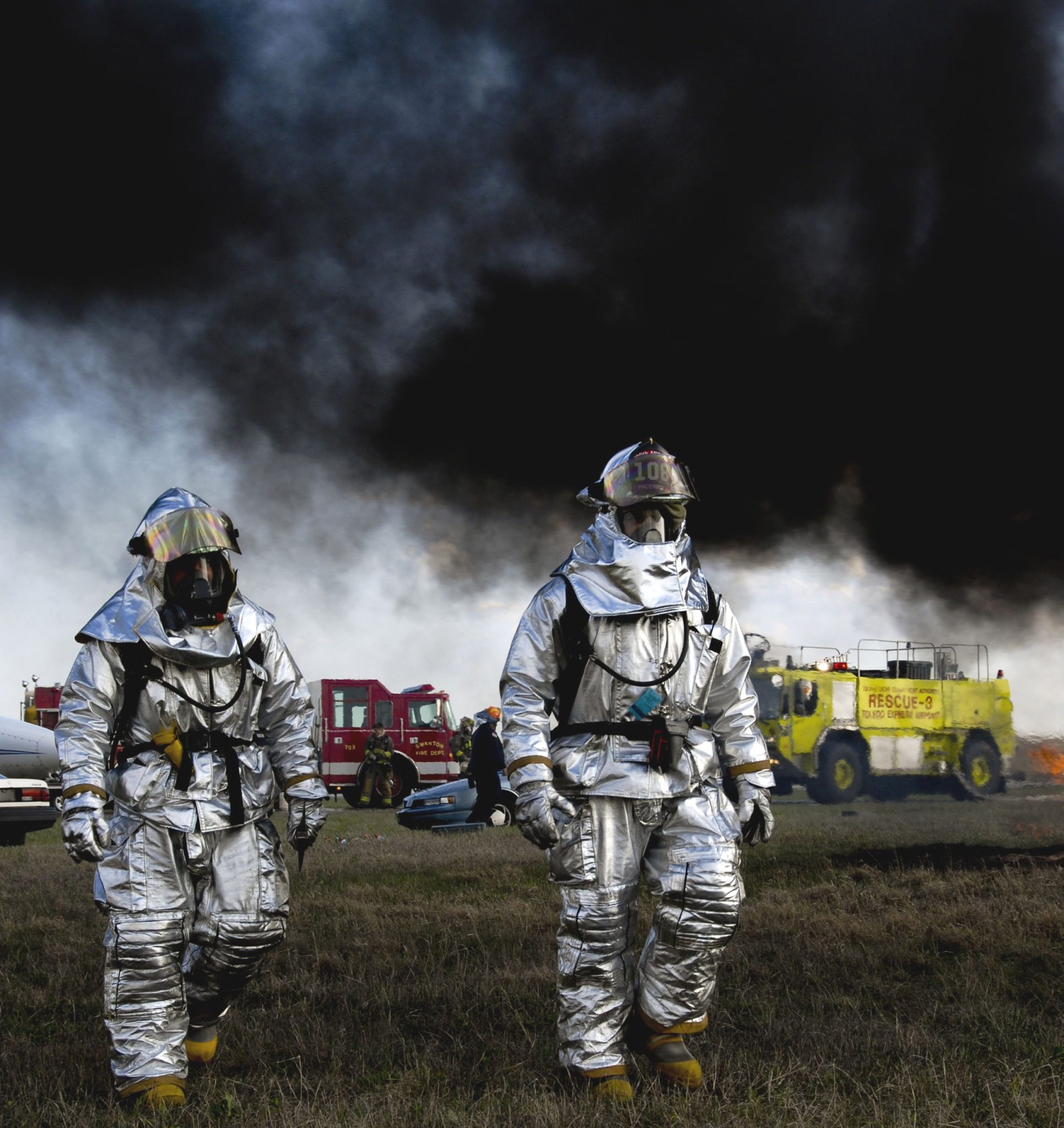
To ensure their safety, workers should conduct a risk assessment that includes an escape plan before entering a confined space (defined as an enclosed area that is not designed for human occupation and has limited access and egress opportunities). They must also ensure that the person or persons tasked with entering the confined space understand and can monitor gas levels within the space.
Monitoring Gas Levels
The key gas levels to be aware of are oxygen, combustible gases, carbon monoxide and hydrogen sulphide. The most common reason for deaths in confined spaces is a lack of oxygen. It is critical that workers sample the oxygen level at entry and periodically thereafter to maintain confined space safety. The safe levels of oxygen range from 19.5% to 23.5%. When levels are too low, judgment and coordination are impaired as well as the always-present risk of nausea, vomiting, and loss of consciousness. Combustible gases are at risk of igniting when oxygen concentrations are too high.
It is not enough to merely monitor the oxygen levels; it’s imperative to understand why they are what they are. The worker needs to determine whether another gas is dislodging oxygen and what the consequences will be if they continue to occupy the space if oxygen levels are depleting. If they have any doubts about their safety, they should always choose to evacuate.
Combustible gases ignite only when they are exposed to oxygen. Therefore, workers must use a gas detector to measure the lower explosive limit (LEL) and upper explosive limit (UEL) of common gases such as methane. Methane is combustible when its concentration is between 5% and 15%. Each gas has its LEL and UEL; outside these limits, the gases cannot ignite. However, if a space is being ventilated for the safety of the worker within it, this could dilute the gas, allowing its concentration to enter a combustible range.
Confined Space Safety
Carbon monoxide and hydrogen sulphide are uncommon within confined spaces, but their presence can occur as a result of using machinery, so for the confined space safety of workers, it is important to monitor for their presence with a multi-gas monitor if work is being carried out.
There may be other dangerous gases in the confined space, and the risk assessment carried out before entry should detail what they are likely to be, based on the specific application of the confined space and the purpose for entry. The risk assessment should state the LEL and UEL for each gas to ensure that workers know what to monitor for and at what point the confined space safety case is exceeded, and they must exit.
It is sensible that continuous monitoring equipment is used. If possible, the transmission of a live feed from these monitoring devices to a person outside the confined space will improve safety, as it means an additional person will be monitoring gas levels within the confined space and can trigger an evacuation if they deem levels to be moving into unsafe parameters.